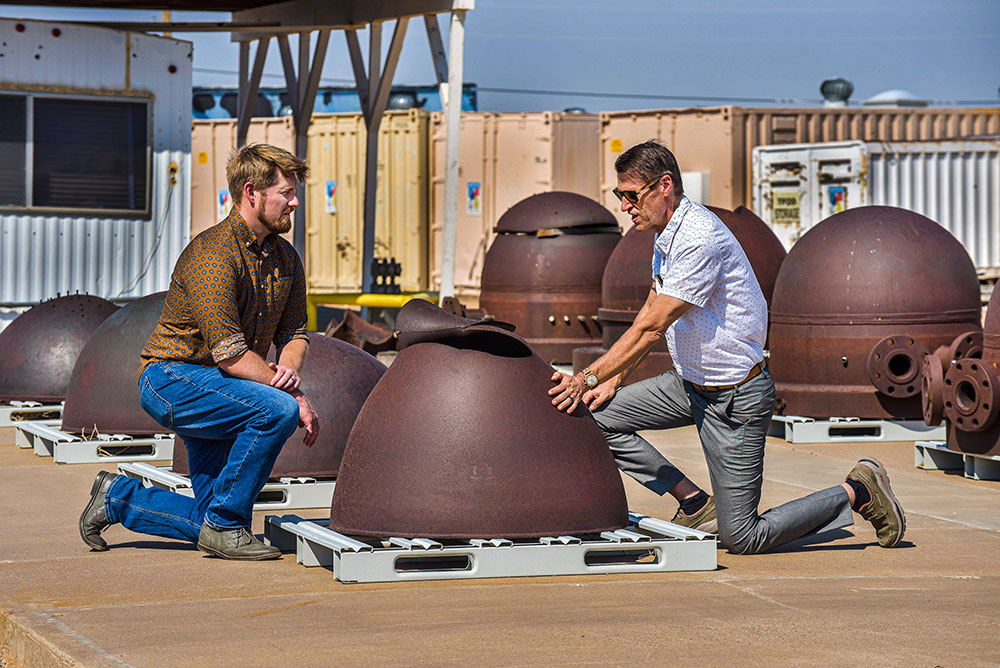
Enabling next-generation nuclear power
[Sandia updated its Melcor and MACCS engineering software to help the U.S. Nuclear Regulatory Commission and the domestic and global nuclear industry better understand and enhance the safety of next-generation, advanced nuclear power plants. The Labs shared Melcor’s new capabilities at a series of public meetings, demonstrating how the improved software will enable the development, licensing and deployment of safer domestic nuclear reactors, critical to achieving U.S. clean energy goals. (8000)
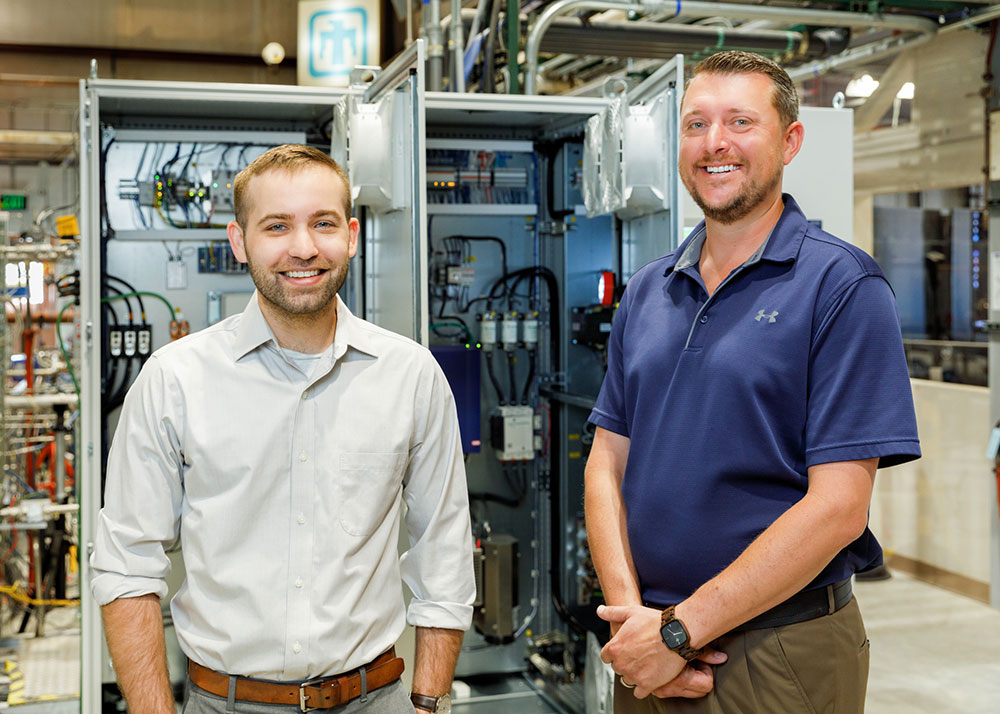
Brayton cycle joins the grid
Sandia researchers for the first time delivered electricity produced by a new Brayton cycle
power-generating system to the electrical grid, providing power to Sandia and Kirtland Air Force Base. The system uses heated supercritical carbon dioxide instead of steam to generate electricity and is based on a closed-loop Brayton cycle. The team now is modifying the system to operate at higher temperatures — 1,000 degrees Fahrenheit and above — and thus produce power more efficiently. (8000)
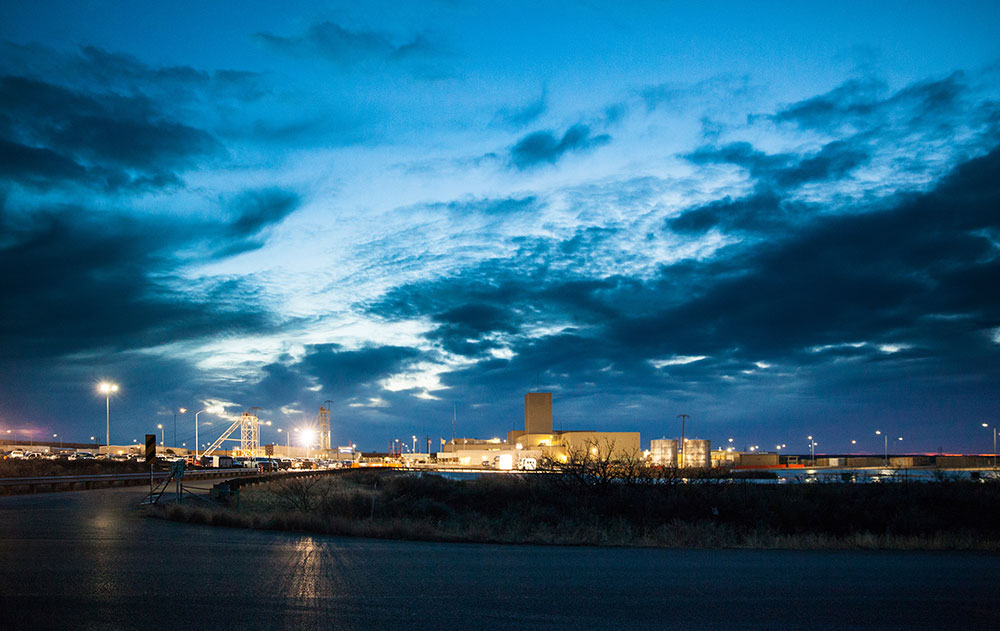
Waste Isolation Pilot Plant recertification
The Environmental Protection Agency recertified the Waste Isolation Pilot Plant in May, a process that required evaluating changes at WIPP and confirming that the facility meets all disposal regulations. Achieving recertification was critical to ensure that the U.S. can continue to permanently dispose of defense-related transuranic radioactive waste. Sandia’s technical contributions accounted for roughly 70% of the recertification application’s content. (8000)

Optimizing Strategic Petroleum Reserve drawdown
Sandia’s Strategic Petroleum Reserve team supported national efforts to address global energy shortages by enabling the largest release of oil reserves in history —
1 million barrels of oil per day for six months. Sandia’s expertise in underground storage, crude oil and salt caverns helped DOE to optimize cavern and inventory selection while mitigating unprecedented stresses on infrastructure and inventory. As a result, DOE met the nation’s need to release oil quickly and safely to U.S. markets. (1000, 8000)
Supporting cloud computing migration
U.S. government agencies look to the Department of Homeland Security’s Cybersecurity and Infrastructure Security Agency for guidance on cloud cybersecurity recommendations, and Sandia plays a critical role in advising and enabling CISA in its mission. Sandia helps design cloud-based, cross-government data-sharing and communications platforms; assess cloud visibility and inform telemetry collection to detect advanced cyber threats; and develop and demonstrate operational analytic capabilities to detect cloud intrusion. These advances collectively support CISA and U.S. government’s ongoing migration to secure cloud-based information technology. (5000, 6000, 8000, 9000)
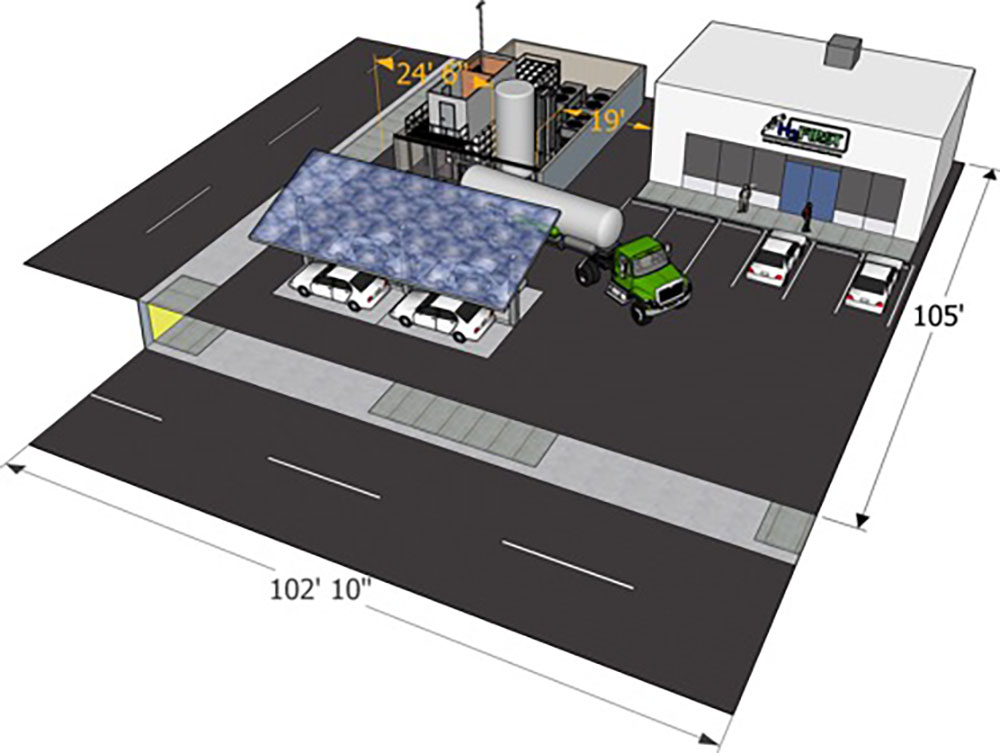
Improving hydrogen fueling stations
Sandia experiments and validated models for hydrogen fueling station safety provided the technical basis to greatly reduce the distances that tanks storing liquid hydrogen in bulk must be from other infrastructure. The findings informed revisions to the National Fire Protection Association’s 2 Hydrogen Technologies Code, enabling smaller footprints and lower costs for fueling stations. The work supports DOE’s hydrogen program goal of reducing the footprint of
liquid-hydrogen fueling stations by 40% compared to current, 2016 code requirements. (8000)
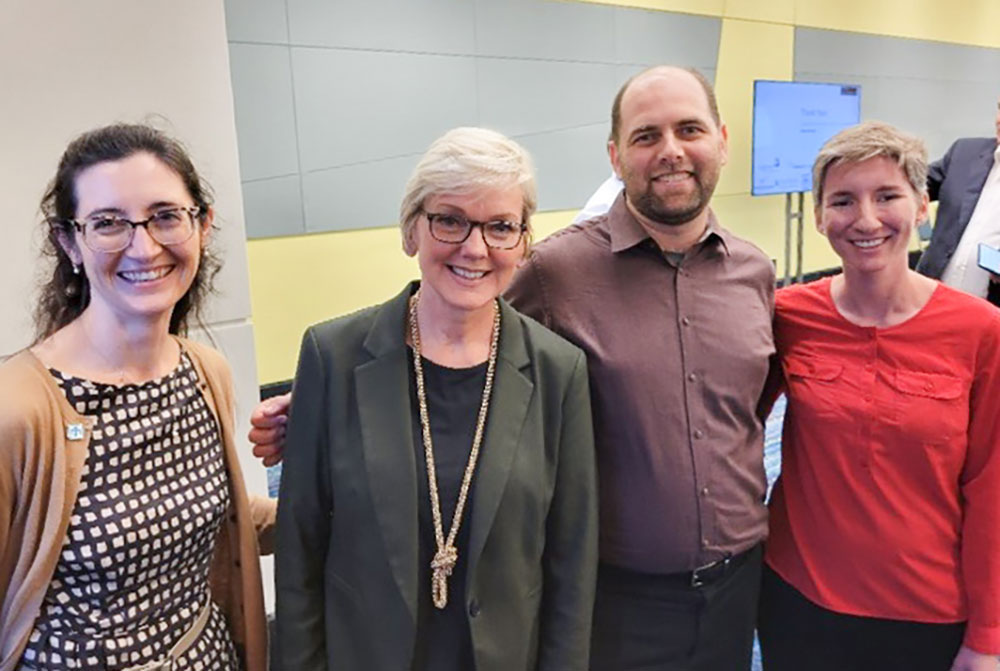
Supporting Puerto Rican energy resilience
Sandia teamed with Pacific Northwest National Laboratory and DOE to study options for electricity generation in Puerto Rico to meet carbon-free targets. The effort addressed critical loads, cost constraints, land-area requirements, energy storage and operational resilience during and after hurricanes and other events that test the grid. Sandia staff worked with community leaders, university professors, business owners, Puerto Rican authorities, national laboratory partners and federal government representatives — including Secretary of Energy Jennifer Granholm — to develop a plan for grid resilience and distributed-energy research in the wake of Hurricane Fiona. (8000, PNNL)